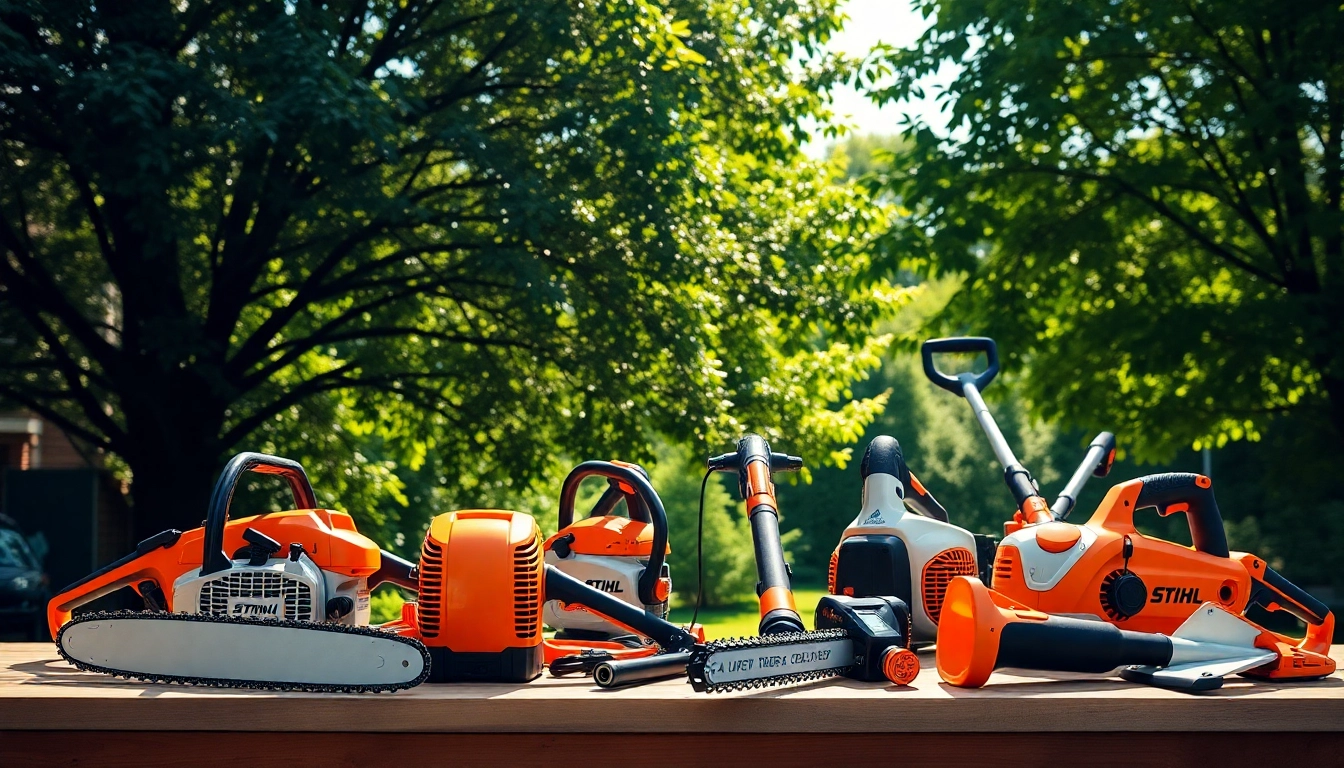Understanding Laminating Resin
What is Laminating Resin?
Laminating resin is a crucial component in the field of composite materials, often utilized to bond layers of fibers and reinforcing materials together, providing structural integrity and enhanced performance. This type of resin, available primarily in polyester and epoxy varieties, exhibits properties that allow for the effective encapsulation of various materials, such as fiberglass or carbon fiber, ensuring durability and strength in applications that range from boat building to automotive manufacturing. The selection of laminating resin is influenced by factors such as the desired strength, environmental conditions, and specific use cases.
The Types of Laminating Resin
There are primarily two types of laminating resin: polyester and epoxy. Each of these types has its unique characteristics, applications, and benefits.
- Polyester Laminating Resin: Polyester resins are popular due to their affordability and ease of use. They typically cure quickly and are suited for applications that do not require the highest performance. Polyester laminating resin is often used in the marine industry and for making molds due to its excellent adhesion to fiberglass.
- Epoxy Laminating Resin: Epoxy resins provide superior bond strength, resistance to moisture, and flexibility compared to polyester resins. These qualities make epoxy laminating resin particularly effective for high-performance applications, such as aerospace or advanced composites. Furthermore, epoxy resins cure at lower temperatures and often exhibit lower shrinkage rates, resulting in less stress on the assembled components.
Applications and Benefits of Laminating Resin
The applications of laminating resin are extensive, spanning various industries, including marine, automotive, aerospace, and arts and crafts. Its use is essential in the production of composite materials, where it contributes to the performance and longevity of the final product.
- Marine Industry: Laminating resin is heavily utilized in boatbuilding, where it ensures that fiberglass layers adhere properly, creating a robust and waterproof structure.
- Aerospace Manufacturing: In aerospace applications, laminating resin is crucial for constructing lightweight yet strong components, allowing for fuel efficiency and high performance.
- Automotive Applications: Laminating resin plays a critical role in body panels and structural components, helping to reduce overall weight while maintaining strength and durability.
- Art and Crafts: Hobbyists employ laminating resin to create resin art, casting, and crafting various decorative items, utilizing its versatility and ease of molding.
Choosing the Right Laminating Resin
Factors to Consider Before Purchasing Laminating Resin
Before selecting a laminating resin, several key factors must be evaluated to ensure optimal performance for the intended application:
- Purpose: Understand the specific requirements of your project. Are you working on marine applications, or is it for automotive use? The purpose will dictate the type of resin to use.
- Environmental Resistance: Consider the exposure conditions (e.g., UV light, moisture, temperature variations) as they influence the longevity of the resin used.
- Cure Time: If time is a critical factor, the chosen resin’s curing time can impact project timelines significantly. Polyester resins cure faster than epoxy resins, but the latter generally offer better performance.
- Weight Considerations: For applications requiring lightweight materials, epoxies might provide advantages, particularly in aerospace industries.
- Cost: Evaluate your budget constraints. While polyester resins are generally less expensive, the investment in epoxy may be justified by the performance improvements.
Comparing Laminating Resin Options
When assessing laminating resin options, a thorough comparison based on the identified factors is essential:
- Performance: Evaluate the tensile strength, chemical resistance, and adhesion properties of both polyester and epoxy based on specific product datasheets.
- Application Method: Different resins may require varying application techniques, for instance, spraying versus brush-on, which should be factored in when choosing.
- Compatibility with Reinforcements: Ensure that the laminating resin is compatible with the reinforcement material being used, as this greatly affects the final product’s performance.
How to Identify Quality Laminating Resin
Quality is paramount in selecting laminating resin, and several characteristics can help determine the best products:
- Viscosity: A resin’s viscosity can indicate its ease of application and potential for bubbles during curing; lower viscosity is typically better for wetting out reinforcing fibers.
- Clear Specifications: Quality laminating resins should come with clear technical data sheets outlining the mechanical properties, curing times, and safe handling instructions.
- User Reviews: Feedback from previous users can shed light on performance factors and ease of application, helping potential customers make informed decisions.
Using Laminating Resin Effectively
Preparation Steps for Working with Laminating Resin
Proper preparation before using laminating resin sets the stage for successful applications:
- Personal Protective Equipment: Always wear the necessary protective gear such as gloves, masks, and goggles to mitigate health risks associated with resin fumes and skin contact.
- Workspace Setup: Ensure a clean, well-ventilated workspace free from dust and debris that can interfere with the curing process.
- Material Readiness: Prepare all reinforcing materials, ensuring they are cut to size and are free of contaminants that might affect adhesion.
- Mixing Resin: Follow the manufacturer’s instructions to mix the laminating resin with any necessary hardeners or catalysts accurately. Improper mixing can lead to suboptimal curing.
Best Practices for Application of Laminating Resin
To achieve the best results while applying laminating resin, consider the following best practices:
- Layering: Apply the resin in multiple thin layers instead of a single thick one to reduce the risk of trapping air bubbles and ensure proper curing.
- Temperature Control: Maintain the recommended temperature range during application and curing, as extreme temperatures can affect the resin’s performance.
- Work Quickly: Once mixed, most laminating resins have a limited working time. Be prepared to apply the resin promptly to ensure a strong bond.
Common Mistakes to Avoid with Laminating Resin
A few common pitfalls can undermine the effectiveness of your laminating resin application:
- Improper Mixing: Failing to mix the resin thoroughly can lead to inconsistent curing and compromised strength.
- Neglecting Equipment Cleaning: Not cleaning tools and brushes immediately after use can lead to hardened resin that is challenging to remove.
- Ignoring Manufacturer Instructions: Always follow the guidelines provided by manufacturers regarding mixing ratios, application techniques, and curing times to avoid issues.
Performance Metrics for Laminating Resin
Evaluating Adhesion and Strength of Laminating Resin
Performance metrics are vital to understanding the effectiveness of laminating resin in real-world applications:
- Tensile Strength: This measure indicates how much force the resin can withstand while being pulled before failing, providing insight into its structural integrity.
- Peel Strength: This metric evaluates the resin’s resistance to separation when subjected to peeling forces, crucial for assessing bond longevity in multilayer applications.
- Flexural Strength: This property measures how well the resin can tolerate bending forces without fracturing, an important characteristic for applications with dynamic loads.
Testing the Durability of Laminating Resin
Durability is a critical attribute of any laminating resin, often assessed through various tests:
- Environmental Resistance Tests: Conduct tests to evaluate how well the resin performs under moisture and UV exposure, simulating real-world conditions.
- Impact Resistance Tests: Determine how much force a laminate can absorb before failure, which is especially relevant in high-stress environments.
- Aging Tests: Evaluate how the mechanical properties of the resin change over time under continuous use, helping predict long-term performance.
Maintenance and Care for Projects Using Laminating Resin
To extend the life of projects utilizing laminating resin, consider the following maintenance practices:
- Regular Inspections: Regularly inspect finished parts for signs of wear, delamination, or other failures to catch issues early.
- Cleaning Regimen: Maintain cleanliness of surfaces subjected to environmental factors, ensuring that debris and contaminants do not affect integrity.
- Storage Conditions: Store products in a climate-controlled environment to prevent damage from extreme temperatures or humidity.
Future Trends in Laminating Resin Technology
Innovations in Laminating Resin Formulations
The realm of laminating resins is continuously evolving, with several trends driving innovation:
- Bio-Based Resins: With sustainability gaining traction, many manufacturers are exploring bio-based alternatives that reduce reliance on petroleum-derived resins.
- Advanced Curing Techniques: New technologies aim to improve curing times and reduce energy consumption, making the use of laminating resin more efficient for manufacturers.
- Smart Resins: Inclusion of smart materials that respond to environmental stimuli is also on the rise, potentially enabling adaptive composite structures.
Environmental Considerations for Laminating Resin Products
As awareness of environmental impacts grows, the laminating resin industry is responding with various considerations:
- Recyclability: Research and development efforts focus on creating resins that are more amenable to recycling, thus reducing waste in landfills.
- Low-VOC Options: Many manufacturers are producing low-VOC (volatile organic compounds) options, which are safer for users and the environment alike.
- Life Cycle Analysis: Growing emphasis on analyzing the entire life cycle of laminating resin products, assessing impacts from production through disposal.
The Future of Laminating Resin in Manufacturing
The role of laminating resin in manufacturing is likely to expand as industries continue to seek lightweight and strong materials:
- Rapid Prototyping: The adoption of laminating resin in 3D printing is gaining traction, enabling rapid prototyping with high-performance materials.
- Increased Market Demand: As industries push for higher efficiency and lightweight designs, the demand for advanced laminating resins is expected to see considerable growth.
- Integration with Composite Manufacturing: As composite manufacturing methods evolve, laminating resin will play an integral role in developing next-generation materials combining various properties.


